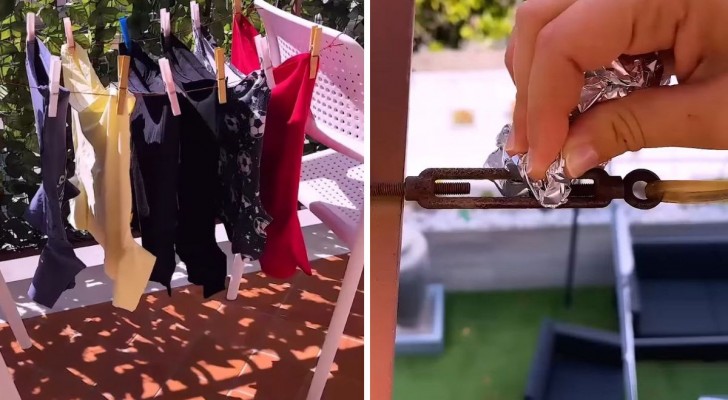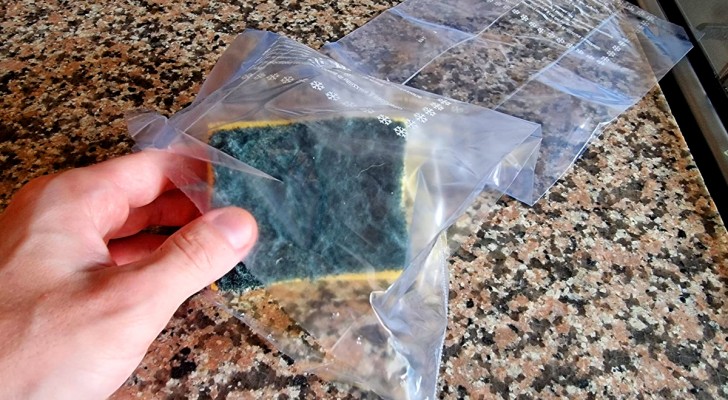Not sure how to remove super glue drips from various fabrics and surfaces? Find out how you can do it here

Almost everyone at home has a tube or two of instant liquid glue - what is often called super glue (such as those brands produced by Bostik, Loctite and the like): the glue is very useful on a large number of occasions, helping us to repair an infinite number of objects in very little time, allowing us to recover their use after accidents of all kinds.
So, we all also know that when a drop of the glue ends up on fabrics and many other surfaces, if it is not removed immediately it becomes a very tough and difficult stain to eliminate. Even on the skin, it is not easy to remove. However, there are some tips that can be useful in these cases, and we detail these below:

Since super glue is a product that, especially when it dries, is impermeable to water, there is no point in using soap and water. What can help us, however, is acetone, which is the standard nail polish remover - the product used to remove nail polish. It can work miracles, but be careful: it can cause different fabrics and materials to lose their color, or at least make them fade. So, it is always recommended to test this remedy first on a hidden piece of the same material or surface.
- On worktops: acetone can be used on marble, granite, laminate and more. However, always first test the remedy to avoid causing further, unwanted damage. Pour some nail polish remover onto a cotton ball and rub it on the stain until it softens a little. At this point, try to gently lift the glue off the surface. You can try doing this with the rounded tip of a knife. If that doesn't work, use some kind of putty knife or even a little sandpaper, always working only on the stain. If necessary, go back to rubbing the stain with acetone and try again.
- Fabrics: Unlike hard surfaces, on fabrics it is better to wait for the glue to harden so the stain remains contained. Acetone can ruin some of the more delicate fabrics or discolor them, so always try the remedy on a hidden corner first. However, acetone should never be used on synthetic fabrics such as modacrylic, acetate or triacetate, which will "melt" the materials if they come into contact with it. For these, you can try vinegar or an acetone-free nail polish remover. First try to remove the bulk by scratching it off with a knife (the round tipped ones). If you can use acetone, pour it on a cotton swab or paper towel, and press it onto the fabric, holding it down for a few minutes. In a similar way you can use vinegar on non-acetone friendly materials. Then use an old toothbrush to scrub the stain until you can remove the glue. You can repeat the two steps several times, always checking the reaction of the fabric as you go. Finally, pour a drop of dish washing soap on the stain and dab it in - then rinse or wash the fabric in the washing machine.
Have you ever tried these remedies?





